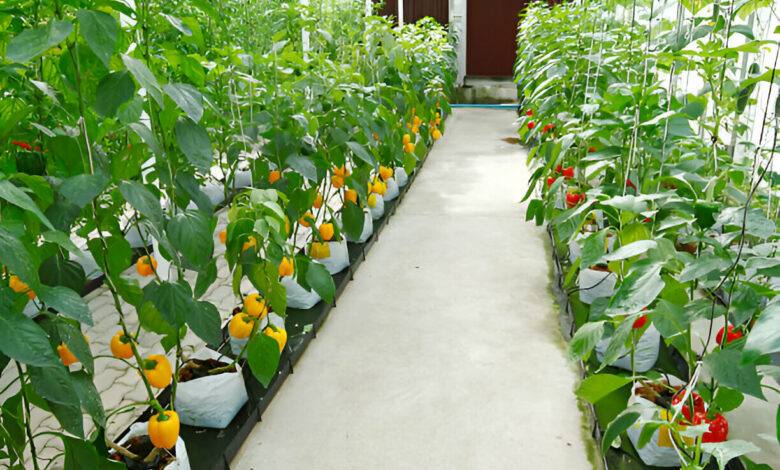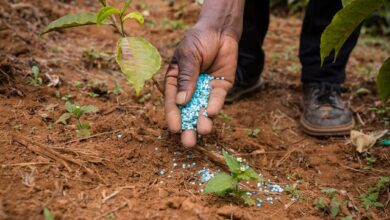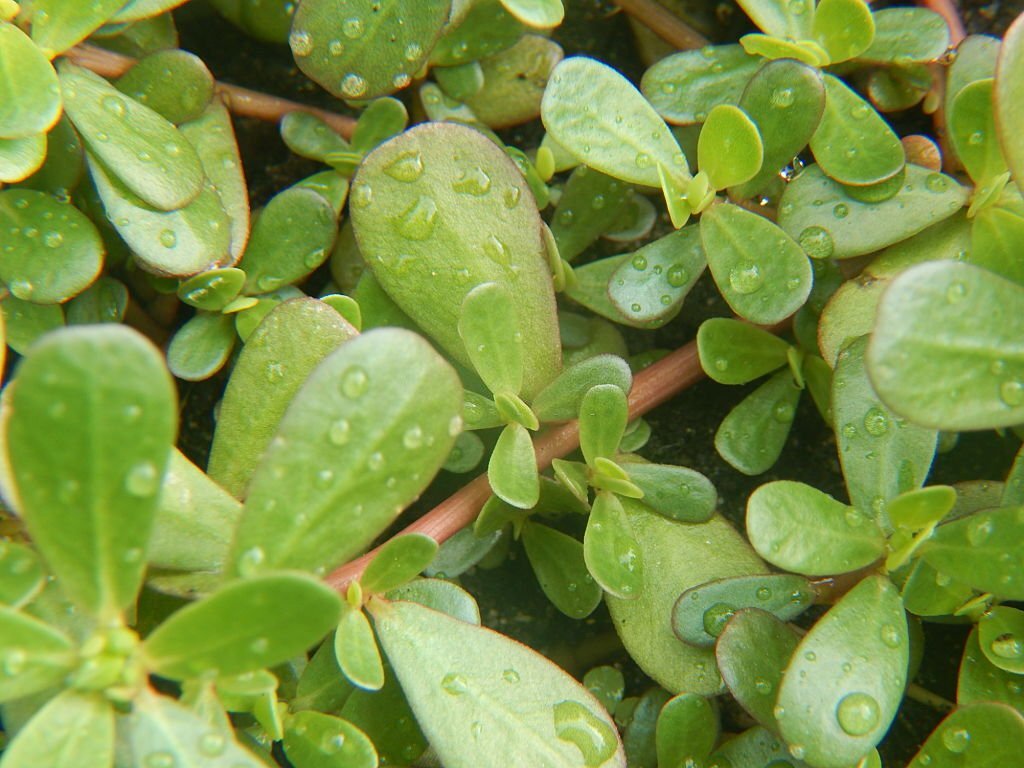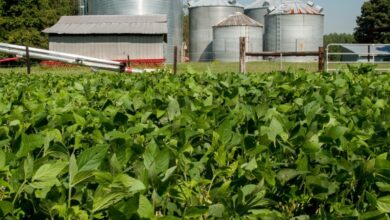The Ultimate Guide to Coconut Coir: The Sustainable Growing Solution

Last updated on June 24th, 2024 at 10:49 am
In the world of gardening and hydroponics, coconut coir has emerged as a star player. A natural by-product of the coconut industry, coir is made from the fibrous material found between the hard, internal shell and the outer coat of a coconut. This eco-friendly alternative to peat moss is not only sustainable but also boasts a variety of benefits that make it a preferred choice for growers worldwide. In this comprehensive guide, we’ll deep-dive into everything you need to know about coconut coir, including insights into RIOCOCO – a leader in the soilless growing medium industry.
Why Choose Coconut Coir?
Coconut coir offers numerous advantages over traditional growing media, making it a top choice for both amateur and professional growers. Here are a few reasons why coconut coir stands out:
1. Sustainability
Unlike peat moss, which takes centuries to replenish, coconut coir is a renewable resource. The coconut industry produces millions of tons of coir annually, making it an abundant, eco-friendly option.
2. Water Retention and Drainage
Coir has excellent water retention capabilities while also providing superior drainage. This balance ensures that plants receive adequate moisture without the risk of root rot, a common issue with less permeable media.
3. Aeration
The structure of coconut coir allows for incredible aeration, promoting the growth of healthy roots. Proper air flow within the growing medium is crucial for the development of strong plants.
4. pH Neutral
Most coco coir products are pH neutral, meaning they won’t alter the acidity of your soil. This is vital for plant health, as different plants require different pH levels to absorb nutrients effectively.

Spotlight on RIOCOCO
Among the many suppliers of coconut coir, RIOCOCO stands out as a beacon of quality and innovation. Recognized as one of the foremost soilless growing media manufacturers, RIOCOCO has established itself as the highest quality single-origin growing medium supplier in the world. This distinction is not by chance but by commitment to sustainability, product excellence, and consistency.
RIOCOCO’s products cater to a wide range of growing needs, offering solutions that are tailored to maximize efficiency and yield. By choosing RIOCOCO, growers align themselves with a brand that is dedicated to environmental responsibility and the advancement of hydroponic and agricultural technologies.
How to Use Coco Coir in Your Grow Space
Coconut coir is versatile, making it suitable for a variety of growing methods, including container gardening, hydroponics, and mixed soil amendments. Here’s how to get started:
1. Hydration
Before use, coconut coir usually needs to be rehydrated. Simply soak the coir in water and it will expand significantly. RIOCOCO products come in various formats, including compressed blocks and ready-to-use mixes, making preparation a breeze.
2. Mix or Use Alone
You can use coir alone, especially in hydroponic systems, or mix it with soil to improve aeration and water retention in container gardening.
3. Plant and Maintain
Once your coir is ready, plant your seeds or seedlings as you normally would. The beauty of coconut coir is its ease of maintenance, requiring less frequent watering than traditional soils.
Tips for Success with Coconut Coir
- Monitor Moisture: While coir retains moisture well, overwatering can still occur. Check the moisture level before watering.
- Nutrient Supplementation: Coco coir is nutrient-neutral, so you’ll need to ensure your plants are receiving all the necessary nutrients through fertilization.
- Reuse: Coir can often be reused for multiple growing cycles, making it even more sustainable. Simply remove any old roots and rehydrate.
- Mulching: Use coir to cover the top layer of soil in your garden beds, promoting moisture retention and weed suppression.
- Composting: Coir is an excellent addition to compost piles, providing a source of carbon and helping to balance the carbon-nitrogen ratio.
- Arts and Crafts: Coir can be used for various arts and crafts projects, such as making mats, rope, and even furniture.

Conclusion
The shift towards more sustainable growing practices is not just a trend but a necessary evolution in agriculture and horticulture. Coconut coir represents a step forward in this direction, offering a plethora of benefits for the environment and growers alike. Coupled with RIOCOCO’s commitment to quality and sustainability, choosing coconut coir as your medium of choice is a decision that supports the planet and your plants.
Whether you’re a home hobbyist or a commercial grower, integrating coconut coir into your practices can significantly impact your growing success. With RIOCOCO, you’re not just choosing a product; you’re choosing a partner in sustainable agriculture, committed to providing the highest quality, single-origin growing medium available. Discover the difference coco coir can make in your grow space and join the ranks of eco-conscious growers championing the future of sustainable cultivation.
Find more blogs like these at out English Blog





